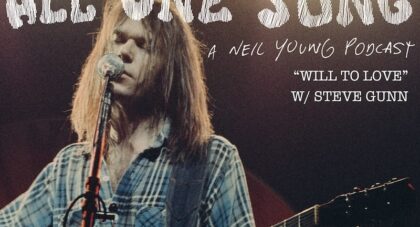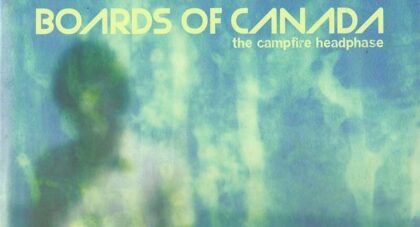“It was important to keep everything in context,” Tiersen said in a phone interview with Aquarium Drunkard. “It was really important for me to have [the songs] back and to have them…in the environment they belong.” This sentiment lays at the heart of the sessions for Portrait. How, at 25 years on, can you create a grand unified theory of your body of work? In Tiersen’s case it involved revisiting a wide variety of songs, reinterpreting them alongside new material, in order to create just what the title implies: a portrait . . .
Only the good shit. Aquarium Drunkard is powered by its patrons. Keep the servers humming and help us continue doing it by pledging your support.
To continue reading, become a member or log in.


